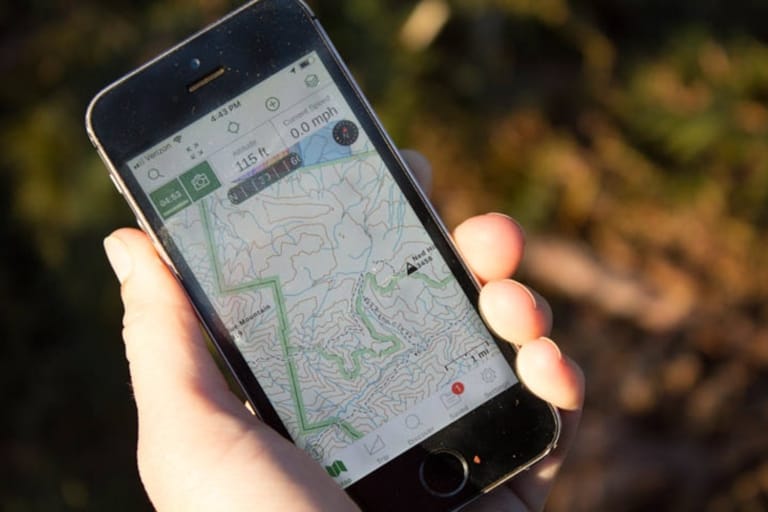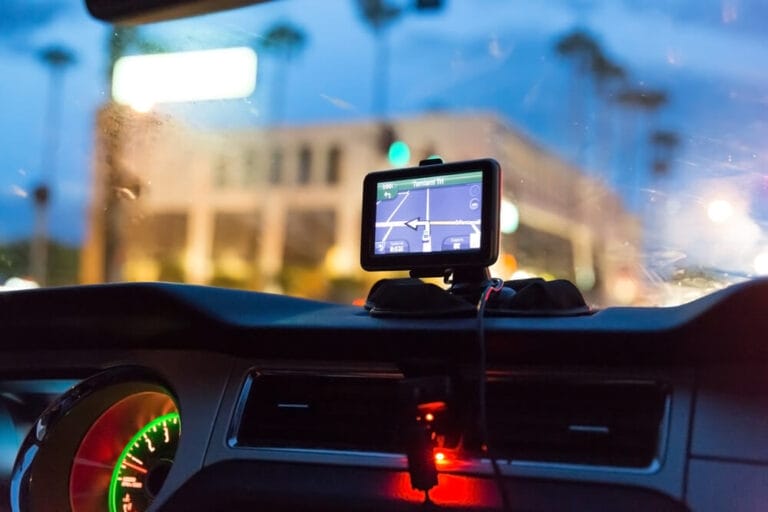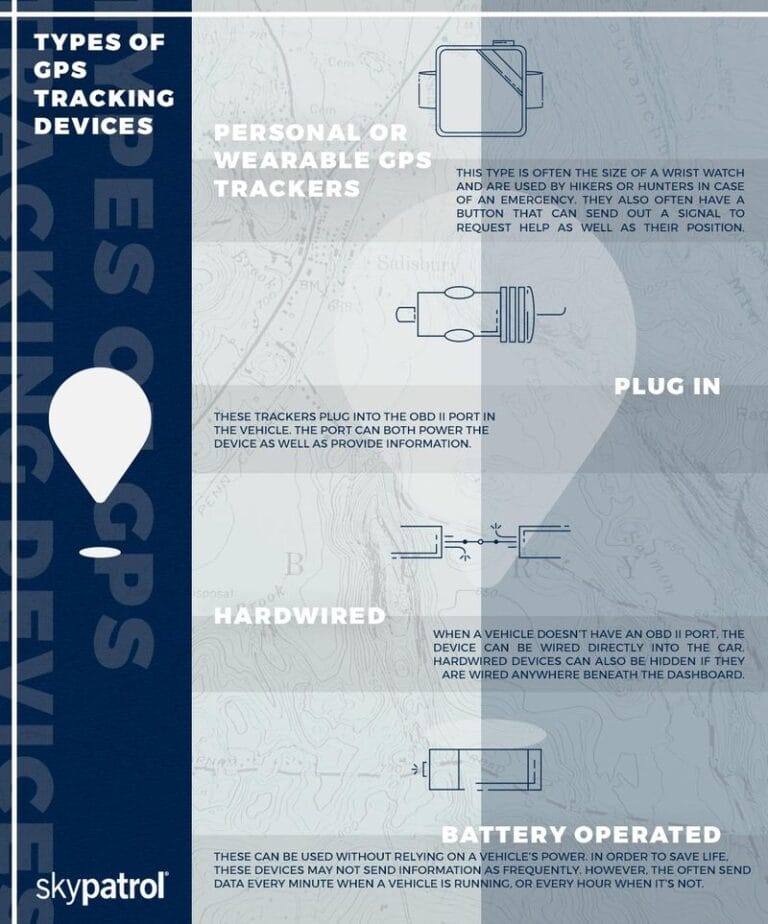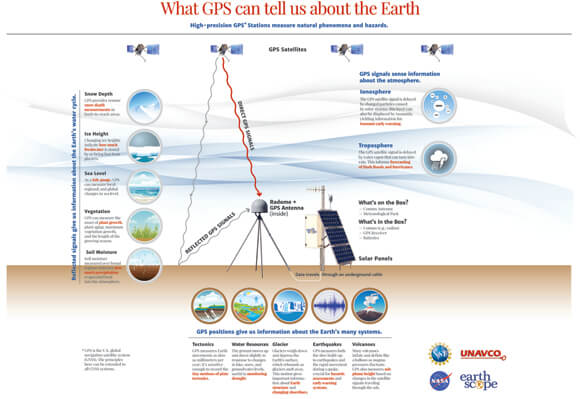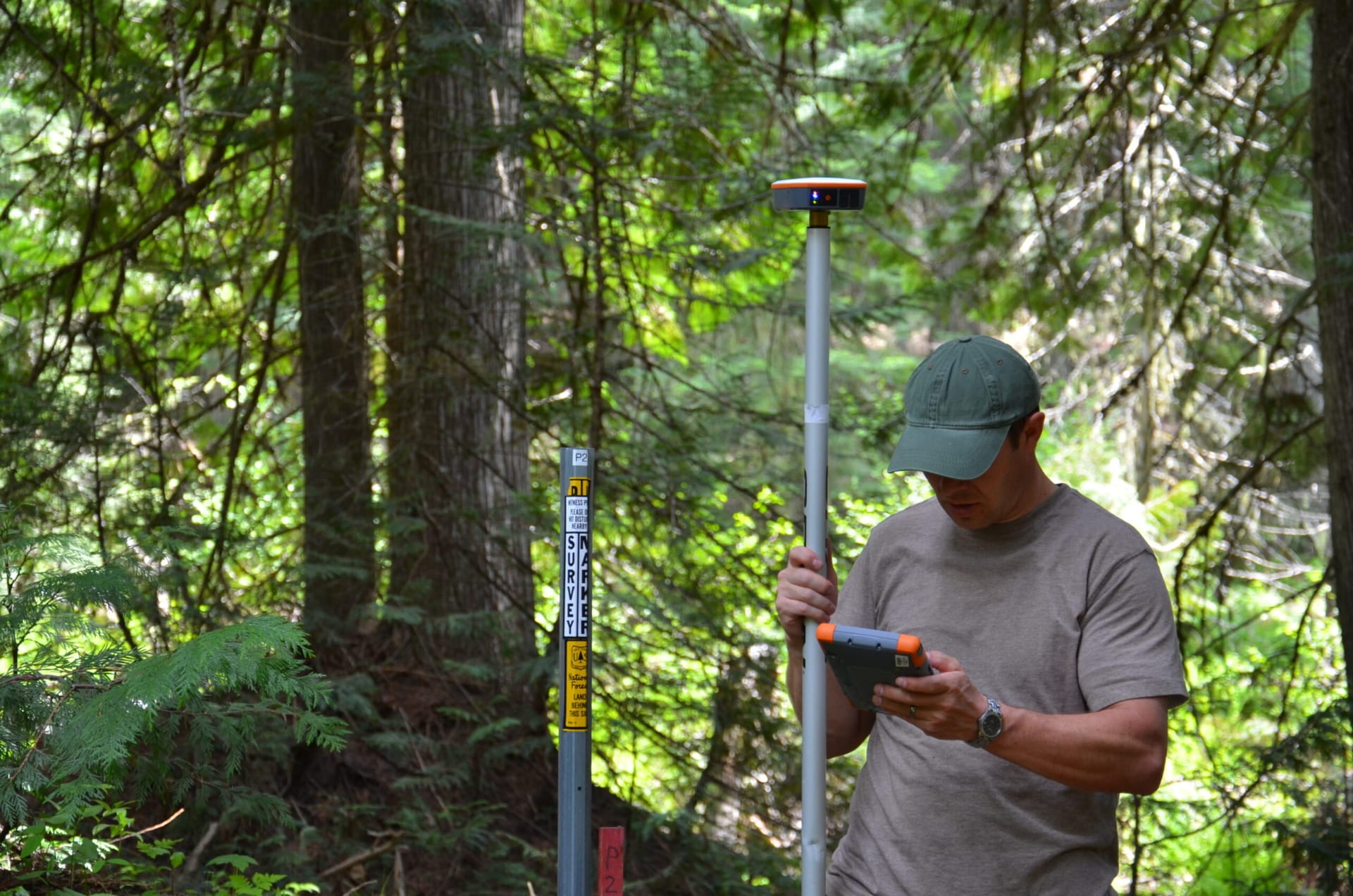
Can GPS receivers operate in densely forested areas? If you’ve ever found yourself hiking or camping in the heart of nature, surrounded by towering trees and thick vegetation, this is a question that may have crossed your mind.
GPS technology has become an integral part of our daily lives, helping us navigate unfamiliar territories and find our way home. But can it handle the challenges posed by dense forests? Let’s delve into the fascinating world of GPS receivers and find out how they fare in these leafy labyrinths.
Picture this: you’re deep in the woods, exploring a trail that winds through an enchanting forest. The trees seem to touch the sky, blocking out much of the sunlight and creating a dense canopy overhead. As you make your way through this natural wonderland, you rely on your trusty GPS receiver to guide you. But will it be able to penetrate the thick foliage and provide accurate positioning information?
GPS receivers rely on signals from satellites orbiting high above the Earth to determine precise location data. However, these signals can be influenced by a variety of factors, including buildings, mountains, and even foliage.
In densely forested areas, the towering trees can obstruct the signals, leading to decreased accuracy and certain challenges for GPS receivers. But fear not, my young adventurers, for technology is at hand to overcome these obstacles and pave the way for accurate navigation even in the heart of the forest. So, let’s dive deeper into the mysterious workings of GPS receivers in dense forests and uncover the secrets of their survival.
Can GPS Receivers Operate in Densely Forested Areas?
When it comes to operating GPS receivers in densely forested areas, there are a few factors to consider. While GPS signals may be weaker due to the lack of line-of-sight with satellites, modern GPS receivers are designed to handle these challenges.
They utilize advanced technologies like WAAS and GLONASS to improve signal strength and accuracy. Additionally, using external antennas or moving to open areas within the forest can help improve reception. While dense forests may limit precision, GPS receivers can still generally operate effectively in these areas.
Understanding GPS Technology
Before we dive into the specifics of GPS receivers in densely forested areas, let’s first understand how GPS technology works. GPS, which stands for Global Positioning System, is a satellite-based navigation system that provides precise location information anywhere on Earth. It relies on a network of satellites orbiting the planet and a GPS receiver to triangulate the receiver’s position.
The Role of Line-of-Sight
One of the key factors that affect the performance of GPS receivers in densely forested areas is the availability of line-of-sight. GPS signals are transmitted from satellites in space to the receiver on the ground. In open areas, with clear visibility to the sky, GPS receivers can easily pick up signals from multiple satellites. However, in densely forested areas, the thick canopy of trees can obstruct the line-of-sight, which can lead to a weak or no GPS signal.
When GPS signals travel through tree canopies, they experience attenuation and signal loss due to absorption and reflection. The foliage of dense forests absorbs a significant portion of the signals, making it challenging for GPS receivers to receive accurate and timely data. Additionally, the reflection of signals off trees can cause multipath errors, where the receiver picks up multiple signals with slight delays, leading to inaccurate positioning.
GPS Receivers with High Sensitivity
While densely forested areas present challenges for GPS receivers, advancements in technology have led to the development of receivers with high sensitivity. These receivers are designed to amplify weak GPS signals and effectively mitigate the impact of signal loss in challenging environments. High-sensitivity GPS receivers can better acquire and track satellite signals despite obstructions, including tree canopies.
Another technique employed by GPS receivers to improve performance in densely forested areas is the use of Wide Area Augmentation System (WAAS) or Differential GPS (DGPS). These systems provide additional corrections and real-time data to enhance the accuracy of GPS positioning. By using WAAS or DGPS, GPS receivers can compensate for the signal degradation caused by dense tree cover.
The Benefits of GPS in Densely Forested Areas
While it may be challenging for GPS receivers to operate in densely forested areas, there are still several benefits to using GPS technology in these environments. Here are some advantages:
Navigation and Wayfinding
GPS receivers can still provide valuable navigation and wayfinding assistance in densely forested areas. Even if the signal strength is reduced, GPS receivers can often acquire enough satellite signals to provide a general sense of direction and help users navigate through the forest.
Data Collection and Mapping
In scientific research, forestry management, and environmental studies, GPS technology plays a crucial role in data collection and mapping. GPS receivers can be used to accurately record the location of tree species, measure forest density, and create detailed maps of forested areas. This information is invaluable for understanding and managing forest ecosystems.
Emergency Situations
In case of emergencies, such as a lost hiker or a medical emergency in a densely forested area, GPS receivers can help rescuers pinpoint the exact location and provide assistance more efficiently. The ability to accurately relay location coordinates can be lifesaving in critical situations.
Tips for Using GPS Receivers in Densely Forested Areas
While GPS reception may be challenging in densely forested areas, there are several tips that can help improve the performance of GPS receivers:
1. Position the Receiver Strategically
When using a GPS receiver in a forested area, try to position it in open areas or areas with less dense tree cover. This will improve the chances of acquiring a stronger GPS signal.
2. Utilize External Antennas
Consider using GPS receivers with external antennas or external antenna attachments. These antennas can be positioned above the tree canopy to receive stronger signals, improving GPS performance.
3. Be Patient and Allow Time for Signal Acquisition
In densely forested areas, it may take longer for GPS receivers to acquire a strong signal. Be patient and give the receiver enough time to locate and lock onto satellite signals.
4. Combine GPS with Other Navigation Methods
In challenging environments, it can be beneficial to combine GPS navigation with traditional map and compass techniques. This redundancy can provide a backup method of navigation in case of GPS signal loss.
5. Keep Software and Maps Updated
Regularly update the software and maps on your GPS receiver. This ensures that you have the most accurate and up-to-date information, including satellite positions and signal correction data.
By following these tips, you can maximize the effectiveness of your GPS receiver in densely forested areas.
In Conclusion
While GPS receivers can face challenges in operating in densely forested areas due to signal obstructions, advancements in technology and the use of high-sensitivity receivers have significantly improved performance. Despite the limitations, GPS receivers can still provide valuable navigational assistance and data collection capabilities in these environments. By understanding the factors that affect GPS reception in densely forested areas and adopting the right strategies, users can make the most of GPS technology even in challenging terrains.
Key Takeaways: Can GPS Receivers Operate in Densely Forested Areas?
- GPS receivers can struggle to function properly in densely forested areas due to obstructed signals.
- The tall trees in dense forests can block the line of sight between the GPS receiver and the satellites.
- Thick foliage and tree canopies can weaken and scatter GPS signals, leading to decreased accuracy.
- There are techniques and technologies, like Differential GPS and Wide Area Augmentation System (WAAS), that can enhance GPS performance in forested areas.
- However, even with these enhancements, it’s important to have realistic expectations and understand that GPS reception may still be limited in heavily forested environments.
Frequently Asked Questions
Densely forested areas can pose challenges for GPS receivers due to the limited availability of satellite visibility. However, modern advancements have improved GPS technology. Below are some common questions and answers related to GPS receivers in densely forested areas.
1. How does a GPS receiver work in densely forested areas?
In densely forested areas, GPS receivers may face difficulties in receiving direct signals from satellites because of the obstruction caused by trees. However, GPS receivers can still operate by utilizing a process called multipath. Multipath involves the receiver picking up signals that are reflected off surrounding objects, such as tree branches or foliage. These reflected signals are then combined with the direct signals to determine the user’s position. While the accuracy may be slightly reduced in densely forested areas, GPS receivers can still provide useful location information.
It’s worth noting that newer GPS technologies, such as assisted GPS (A-GPS) or differential GPS (DGPS), can further enhance the accuracy and performance of GPS receivers in such environments. A-GPS uses additional information from cellular networks to aid in determining location, while DGPS accounts for variations in signal caused by factors like tree cover, improving the accuracy of the receiver.
2. Are there any specific GPS receivers designed for use in densely forested areas?
While there aren’t specific GPS receivers designed exclusively for use in densely forested areas, certain features can make a receiver more suitable for such environments. Look for GPS receivers with high-sensitivity antennas, which are better at picking up weak signals and mitigating the effects of signal obstruction. Additionally, receivers that support GLONASS (Global Navigation Satellite System) in addition to GPS may provide better performance in areas with limited GPS satellite visibility.
Moreover, handheld GPS receivers with external antenna compatibility can be advantageous in densely forested areas. By connecting an external antenna, the receiver can improve signal reception by placing the antenna in a more open or elevated position, away from tree cover. These factors can enhance the performance of a GPS receiver in dense forest environments.
3. Can GPS receivers lose signal completely in densely forested areas?
In rare cases, GPS receivers can temporarily lose signal in densely forested areas where satellite visibility is severely obstructed. However, such instances are usually temporary and brief. Once the receiver regains signal visibility, it should be able to resume normal GPS operation. It’s important to note that the extent of signal loss can vary depending on the density of the forest, tree canopy cover, and other environmental factors.
For continuous GPS operation in densely forested areas, it’s recommended to keep the receiver in a position that maximizes satellite visibility. This can involve finding clearings, open spaces, or elevated areas where the receiver has a better chance of receiving direct signals from satellites without significant obstruction.
4. Can GPS accuracy be affected in densely forested areas?
Yes, the accuracy of GPS receivers can be affected in densely forested areas due to the obstruction caused by trees. In such environments, the GPS receiver may struggle to receive direct signals from satellites, leading to degraded accuracy. The reflected signals received through multipath can introduce slight errors in the positioning information.
However, it’s important to note that the accuracy of GPS receivers in densely forested areas can still be within an acceptable range for many applications. The degree of accuracy degradation depends on various factors, including the density of the forest, the quality of the GPS receiver, and the presence of other technologies like A-GPS or DGPS that can improve accuracy.
5. What are some alternative positioning technologies that can be used in densely forested areas?
In addition to GPS, there are alternative positioning technologies that can be used in densely forested areas. One such technology is inertial navigation systems (INS). INS utilizes sensors, such as accelerometers and gyroscopes, to measure changes in position and orientation. By continuously tracking motion, these systems can provide accurate positioning information even when GPS signals are obstructed.
Another alternative is using radio frequency (RF) positioning systems such as LoRa (Long Range) or UWB (Ultra-Wideband). These RF technologies can provide indoor positioning capabilities even in GPS signal-challenged environments like densely forested areas. However, it’s important to understand the limitations and requirements of these alternative technologies before relying on them for precise location information.
Summary
GPS receivers may not work well in dense forests due to limited satellite signal availability. Trees can block the signals and cause inaccuracies in location tracking.
To improve GPS accuracy in forested areas, scientists are developing new algorithms and technologies. These advancements aim to better account for signal blockages, allowing GPS receivers to operate more effectively in dense forests.



